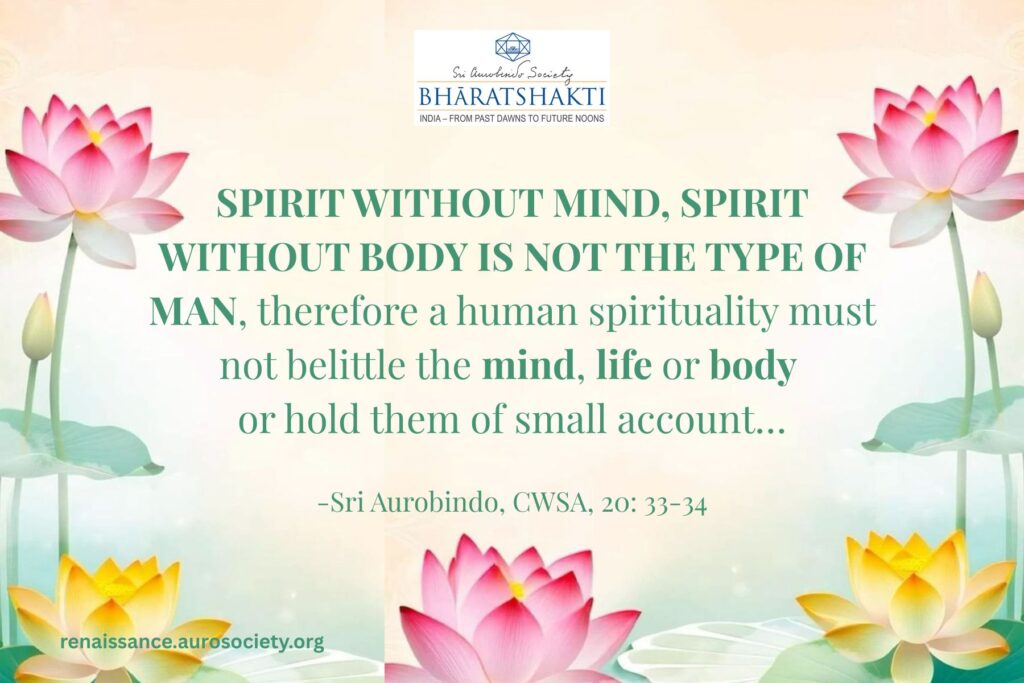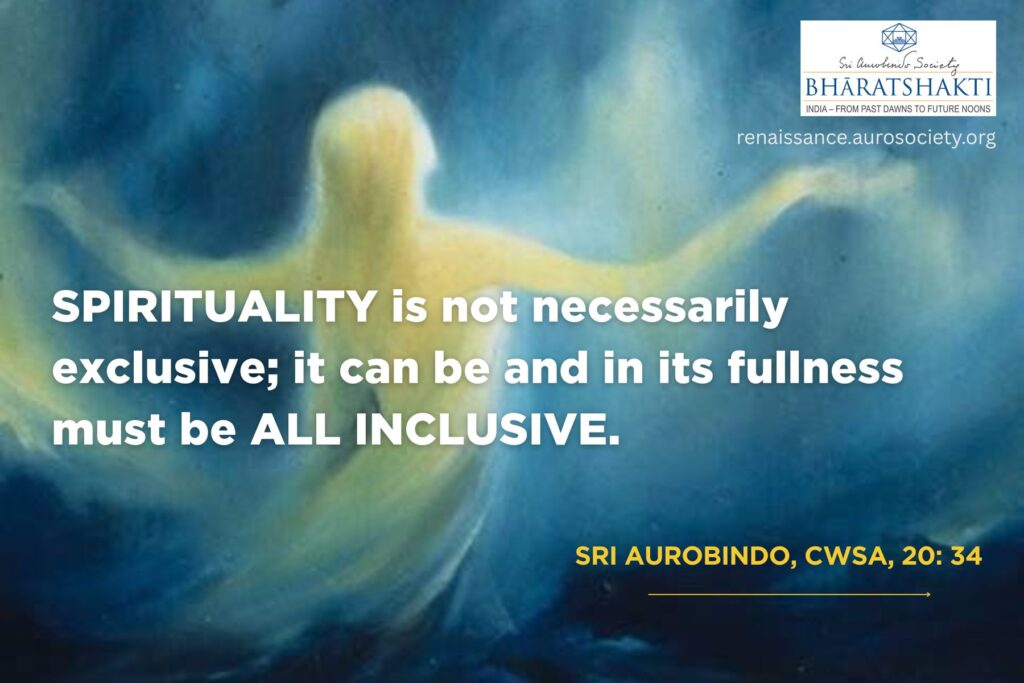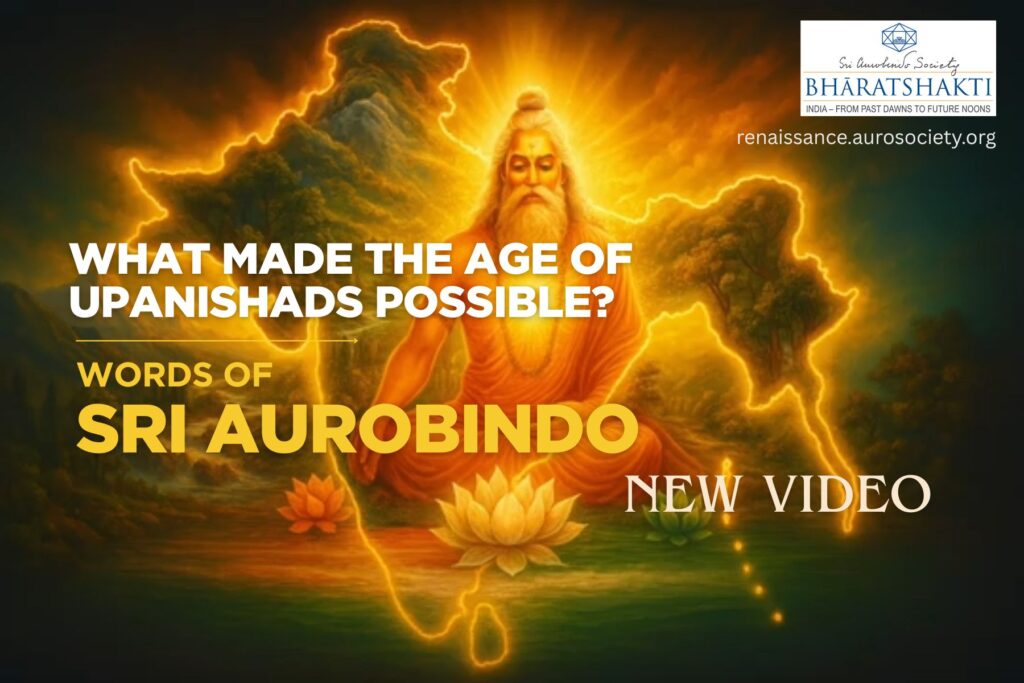Volume VI, Issue 5
Author: Beloo Mehra
Continued from Part 2
In this final part, let us zoom in on the magnificent murals of the Veerabhadra Swami Temple at Lepakshi. Many of the murals found primarily in the natya mandapa of the temple portray stories from our itihāsa-s and purāna-s. These fine pieces of art mesmerise us with their aesthetic appeal even after more than 500 years. At the same time, through these paintings we become familiar with some of the social-cultural-political practices of that time. We also get a good idea of the contemporary fashion trends.
THE MURALS OF LEPAKSHI
The magnificent paintings at Lepakshi express a continuation of the long and glorious tradition of painting in India.
Ten painted panels adorn the ceiling of the natya mandapa of the Veerabhadra temple; six of these panels are oriented north-south. Panel number 9 is circular in shape and is located at the center of the north-south panels. The circular panel is circumscribed in a rhombus, which in turn is contained in two concentric squares. The following figure gives a layout of the various panels.

“The materials of the art of painting are unfortunately more perishable than those of any other of the greater means of creative aesthetic self-expression and of the ancient masterpieces only a little survives, but that little still indicates the immensity of the amount of work of which it is the fading remnant.”
~ Sri Aurobindo, CWSA, Vol. 20, p. 298
Unfortunately, murals being delicate works of art are highly vulnerable to damage, both caused by the human and natural factors. We see much damage to many of the paintings. This could be either due to neglect, vandalism, over exposure to strong sunlight, or unethical or improper methods of conservation such as water seepage, insects, bat infestation, white washing, sandblasting, etc. Yet, whatever remains is sure to make the interested visitor stand in awe of the great spread of beauty that surrounds.
Picture credits
In 2011, the Department of Science & Technology, Cultural Heritage and Tourism Studies, and IIACD launched a multi-institutional initiative called Indian Digital Heritage (IDH) with an objective to document, research and digitally archive the murals of the Virupaksha Temple at Hampi and the Veerabhadraswamy Temple at Lepakshi.
The overall light conditions in the mandapa provide a challenge when it comes to photographing the ceiling murals. For this article, I have sourced several photographs from the website of IIACD, while others are from personal collection. Another reason in using the IIACD pictures is their greater clarity, given the project’s more sophisticated camera and editing equipment.
MURAL PANEL DETAILS
Draupadi Swayamvara (Panel 1)
This is one of the most well-preserved panels. It tells the story of Draupadi from the Mahabharata, starting from her divine birth to her marriage with the five Pandava brothers. We see the story developing in 3 scenes, from right to left. In the first scene, we see King Drupad worshiping to Kalabhairava to bless him with children who will help avenge the disgrace he had experienced at the behest of Dronacharya.
In the next scene, we see King Drupad seated with Draupadi on his lap. His wife and son are standing on his left, watching Arjuna pierce the eye of revolving fish with his face down looking at the reflection of the fish in water. The third and final scene portrays Sri Krishna, Drupad and Dhristadyumna (Draupadi’s brother) blessing the five Pandava brothers.



Veneration of Veerabhadra and Vatapatrasayi Krishna (Panel 2)
In this interesting panel one quarter of the painting – from the south end – portrays Vatapatrasayi Krishna, Krishna on banyan leaf. And the remaining three quarters are dedicated to the principal deity of the temple, Swami Veerabhadra, who is being worshipped by his devotees.


The story goes that Rishi Markandeya once visited Narayana and sought the vision of the form of the Divine Maya. Narayana showed him the illusory vision of deluge. Narayana then appeared in the form of an infant floating on a banyan leaf. Seeking refuge from the deluge Markandeya entered into the mouth of the infant, where he saw the entire Existence, the Vishwaroopam of the Divine. In ecstasy he started singing the Balamukundashtakam.
In the rest of the panel, we see people venerating Lord Veerabhadra and his consort Bhadrakali. Daksha is depicted with a ram’s head, wearing a dhoti and uttariya, worshipping Veerabhadra. Behind Daksha are five noble or royal ladies, richly draped and bejeweled. Behind the ladies is a man wearing a long-sleeved upper garment and a knee-length bottom. His head gear appears much different from the kullavi which was popular among the people with a higher social standing such as those working for the royalty or other rich noblemen.

Headgear Fashion
A clearer image from the IIACD website shows us distinct patterns of the headgear of the noblemen.

Here we see the embroidered kullavi-s of the two noblemen dressed in Indo-Islamic attire standing in front of Lord Veerabhadra holding pranamanjali mudra. The higher or perhaps royal status of these two men is also depicted with the help of two smaller male figures standing behind them, reverently with crossed arms. Behind these two smaller male figures we see another man in Indo-Islamic clothing with a different headgear. This shows the cosmopolitan character of the contemporary polity and society.
While all the kullavi-s are finely detailed with intricate motifs, the kullavi-s of the two members of the royalty standing in front of Swamy Veerabhadra appear to be much grander. As per the temple priests, local tour guides and some scholars, the two noblemen depicted prominently are King Achyutaraya’s treasurer Virupanna and his brother Viranna, the duo in-charge of the Veerabhadra Temple’s construction. Several inscriptions from the period of the reign of King Achyutaraya (1530-1542 AD) mention the grants and offerings made by the brothers for this temple.
Girija Kalyanam (Panel 3)
The panel titled Girija Kalyanam presents in beautiful colours and forms the timeless story of the marriage of Devi Girija (another name for Parvati, daughter of the mountain Giriraj / Himavant) with Lord Shiva, as told in the Shiva Purana. Kalidasa in his Kumarasambhava speaks of the grace of Himavant’s daughter and her complete dedication and love for Shiva.
A Warrior God had to be born to destroy the demon named Tarakasura. Only the progeny of Mahadeva Shiva could have the right valour needed to kill the powerful demon. The Devatas concocted a plan with the help of Madan, the God of Love to awaken Lord Shiva who was in deep meditation so that from his union with Devi Girija a warrior god could be born.

***
About three fourth of the panel depicts the auspicious occasion of the panigrahana – marriage between Shiva and Girija. The Devatas assembled at the ceremony include Ishana, the guardian of the north-east direction; Agni depicted with two heads, the guardian of the south-east direction; Indra; and Lord Brahma, the purohita of the marriage ceremony.

We see Shiva wearing the lion-skin, and near the Lord’s feet we see a small Nandi looking adoringly towards Parvati. Parvati is accompanied by Shri, her attendant, and standing slightly behind them are her parents, Giriraj and Mena.

Vishnu, seen next to five-headed Vishwakarma, with his raised arms is blessing the divine couple.

Moving left from Vishnu as our vision proceeds, the direction of the faces changes indicating the change of scene. At the far left of the paining sits Girija. She is seen getting ready for the marriage with the help of several female attendants.
The pasapalli pattern of Girija’s garment pays homage to the Ajanta murals. To this day, we can see on the saris woven in Lepakshi and around, the same beautiful patterns.

Kiratārjuneeyam (Panel 4)
This unique panel includes four smaller panels which portray the entire narrative of the story of Kiratārjuneeyam. It begins on the western side, and runs south to north. We hear of this story first in the Vana Parva of the Mahabharata; later Bhāravi further immortalised it in his Sanskrit kāvya by the same name Kirātārjunīya. At Lepakshi temple, richly detailed painted landscapes, filled with an array of flora and fauna, become the backdrop for the story. One can also see different attires for the characters in different scenes, giving a sense of motion to the story.
The narration on this four-part panel begins with Rishi Vyāsa advising the Pāndavas. Given the certainty of the war with Kauravas, he advised the Pāndavas they should begin the preparations, and that Arjuna must seek celestial weapons from Shiva. Walking through the panel, one witnesses Arjuna doing tapasyā. There is Indra blessing him with the weapon Vajra. And finally we see Lord Shiva blessing Arjuna with the celestial weapon Pashupatastra, but not before testing him disguised as Kirata, the mountaineer.

In the finely detailed panel 4c, we see Shiva and Parvati in their court listening to sages describe the severity of Arjuna’s tapasyā. Also shown are Bhringi, Nandi and Brahma. Moving from Brahma to left, the direction of the faces indicates change of scene; here we see Shiva and his entourage traveling. The panel also shows Shiva and Parvati disguised as Kirata and Kirati and demon Mukasura in the form of wild boar.


The last of the four panels showing the killing of the boar Muka, duel between Arjuna and Shiva as Kirata, and Arjuna surrendering to Lord Shiva, is however badly damaged.
Nataraja/Anandatandavamurti (Panel 6)
Bits and pieces of this panel have been restored. Here one can see Shiva in various rupas including Nataraja and Ardhanarishvara.



Other Panels
Panel 5 shows Shiva and Parvati playing chausar. Panel 7 depicts Rama Pattabhisheka, the coronation of Rama as King. Another panel depicts the entire story of Manuneeti Cholan in a continuous narrative. Unfortunately all these panels are badly damaged.

APPRECIATING THE DETAILS
Looking up at the painted ceilings of Lepakshi temple, and slowly walking through the mandapa one is awestruck at the rich details – the fine outlines, the subtle colours, the beautiful eyes, the curves of the hands, the ornate designs on garments, jewelry and head-gear. But in order to truly appreciate these details, we must recall the motive of Indian painting as presented HERE.
The Indian artist used everything at his disposal including his technique, skill and materials, to express through his art that deeper motive of art — to express the truth of the essence of the form, the likeness of the soul to itself. He was trying to reproduce not the exact likeness of any form – human, animal, or any object, but the subtle embodiment which is the basis of the physical embodiment, the purer and finer subtle body of an object which is the very expression of its own essential nature.
And how did he achieve this, particularly when painting the human form? Sri Aurobindo explains that it was done by “a bold and firm insistence on the pure and strong outline and a total suppression of everything that would interfere with its boldness, strength and purity or would blur over and dilute the intense significance of the line” (CWSA, Vol. 20, p. 308).
We see plenty of evidence of this in Lepakshi murals.
Sri Aurobindo expands further, especially in the context of painting a human figure. Everything that the indigenous painter does is to express and highlight the psychic suggestion instead of the superfluous physicality.
In the treatment of the human figure all corporeal filling in of the outline by insistence on the flesh, the muscle, the anatomical detail is minimised or disregarded: the strong subtle lines and pure shapes which make the humanity of the human form are alone brought into relief; the whole essential human being is there, the divinity that has taken this garb of the spirit to the eye, but not the superfluous physicality which he carries with him as his burden. It is the ideal psychical figure and body of man and woman that is before us in its charm and beauty…
The almost miraculously subtle and meaningful use of the hands to express the psychic suggestion is a common and well-marked feature of Indian paintings and the way in which the suggestion of the face and the eyes is subtly repeated or supplemented by this expression of the hands is always one of the first things that strikes the regard, but as we continue to look, we see that every turn of the body, the pose of each limb, the relation and design of all the masses are filled with the same psychical feeling…
The same law of significant line and suppression of distracting detail is applied to animal forms, buildings, trees, objects. There is in all the art an inspired harmony of conception, method and expression. Colour too is used as a means for the spiritual and psychic intention… It is this common spirit and tradition which is the mark of all the truly indigenous work of India.
~ Sri Aurobindo, CWSA, Vol. 20, pp. 308-309
CONCLUDED
Read previous parts
Part 1 Part 2
~ Design: Beloo Mehra



